
Experience Beats Product and Service
A focus on products is still sub-optimization. The customer cares more about their experience than about your product or service.

Where Is the Customer? Everywhere!
If you choose to include customers in your picture, consider including all external stakeholders. The organization exists to offer a value exchange with all stakeholders, not only customers. Everyone expects to benefit from it.
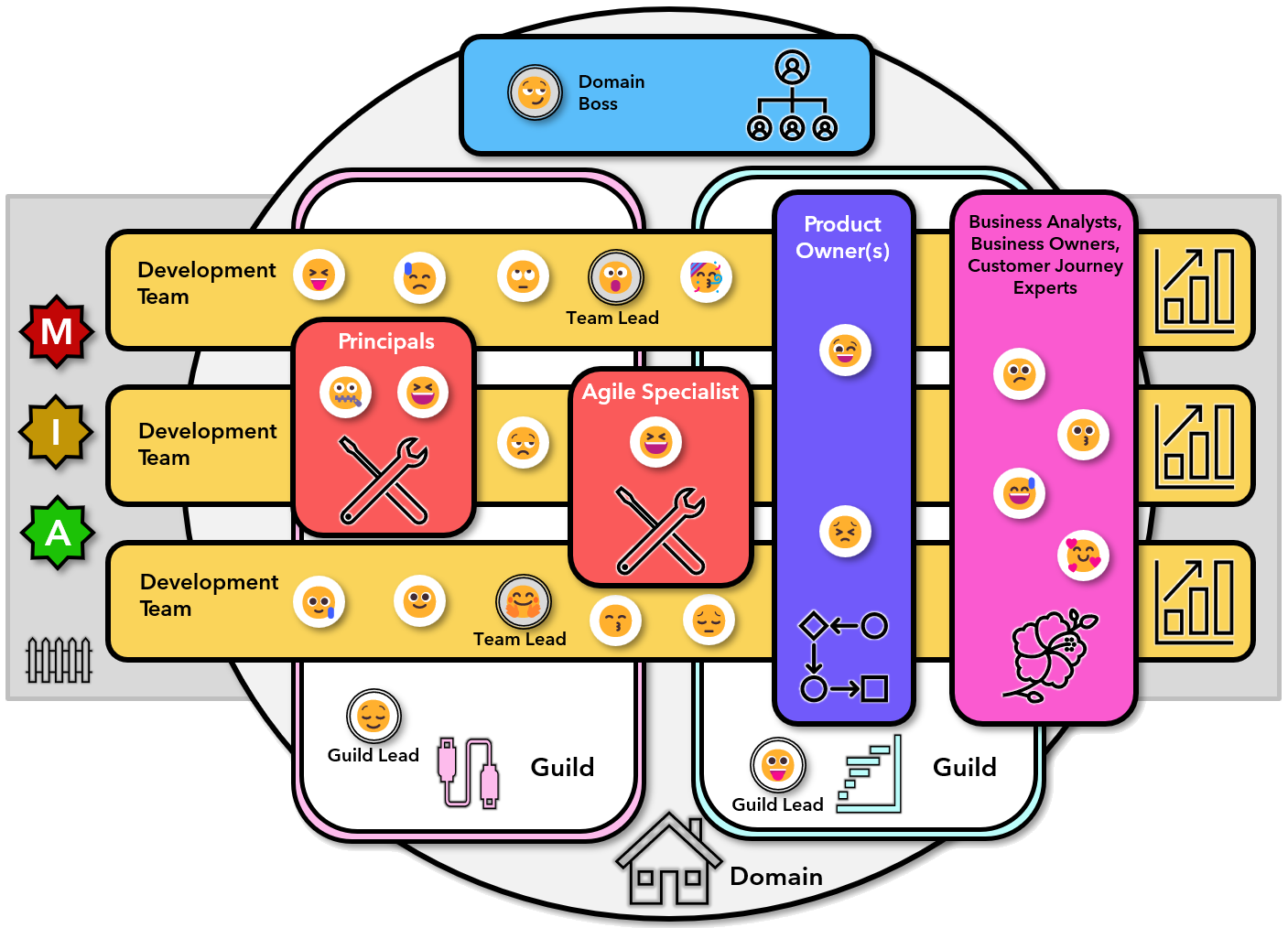
Coolblue Unfixed (Case Study of a Scale-up)
How does a fast-growing scale-up organize its teams, management, and business units? What does it mean to have agility embedded in company culture? How can you make everything an experiment? Check out the Coolblue case study and learn what you can do to become the next two-billion euro scale-up.

Balance High Cohesion with Low Coupling
If you make sure that no role and no team can get away with ignoring the needs of their local environments, you end up with a fully optimized organization, where nobody sees the whole picture.

Increase Simplicity, Embrace Variety
We should keep things as simple as possible. Needless complication is undesirable. But reducing variety is not an option.
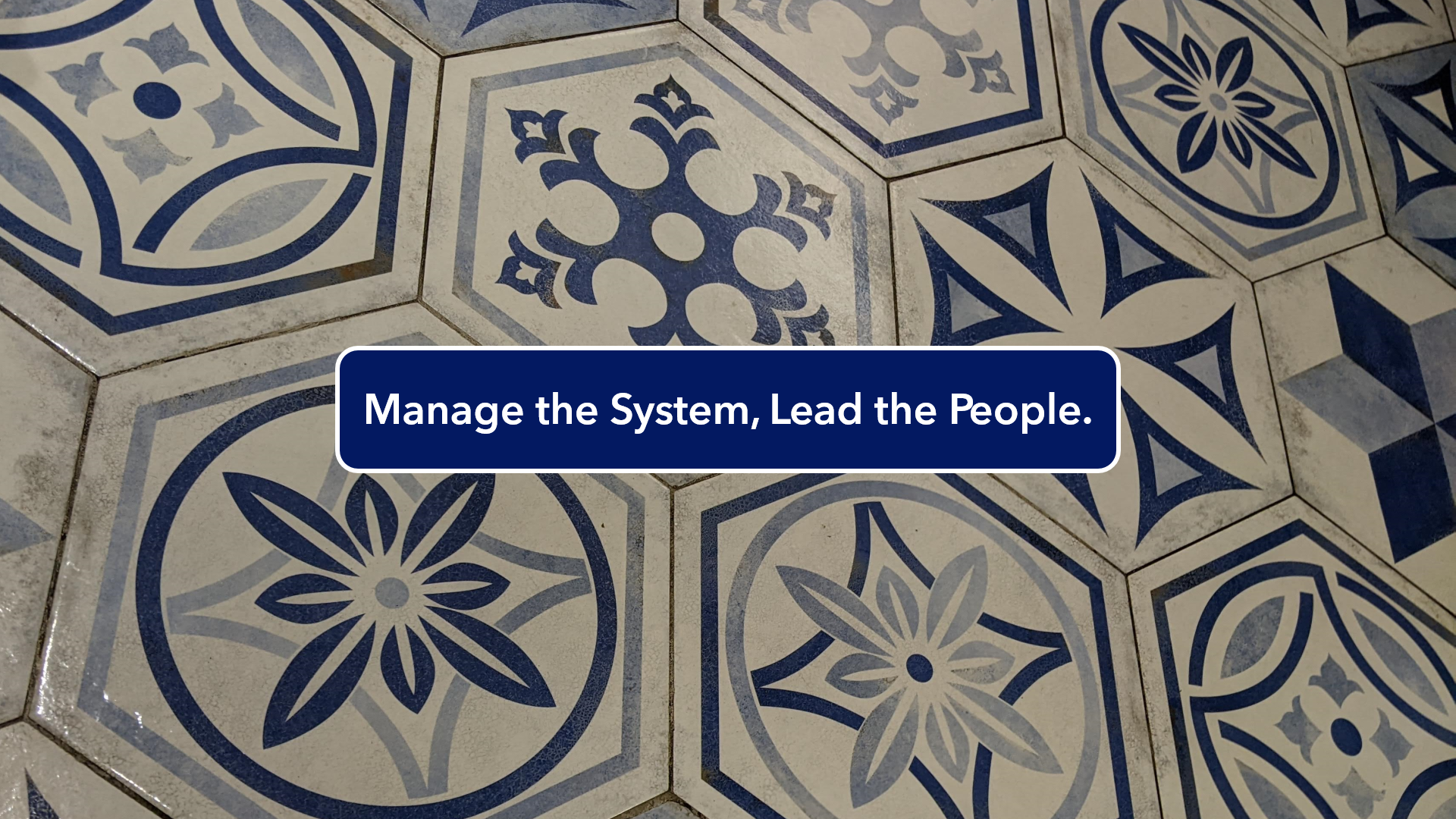
Manage the System, Lead the People
Organization patterns are good when they promote leadership over management and prioritize the management of systems over the management of people.

How Do We Keep the Business Agile and Aligned?
We need purpose-driven units that can align themselves horizontally. The only reason to have management layers is when managers see themselves as caretakers of purpose-driven (sub)systems.

What Group Types and Sizes Work for You?
Define common group types (depending on context). Understand what drives people in which groups. Figure out which common group sizes work for you.

Agile Is a Race to the Bottom (Unless We Redefine What Value Means)
The focus on faster delivery of value turns everything into a commodity. Agile is a race to the bottom if we don't change how we think about value.
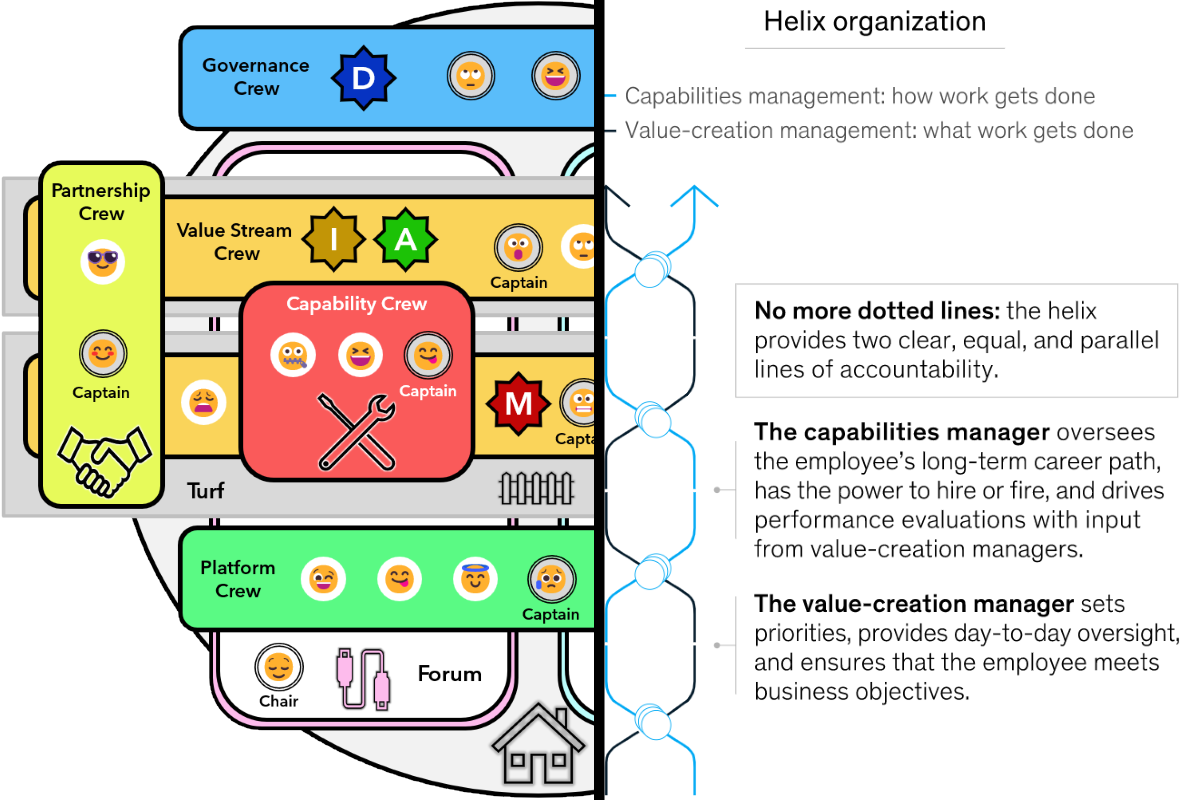
Let’s Unfix McKinsey’s Helix Organization
Every point McKinsey lists as a difference to a matrix is an almost exact description of a matrix. And that’s fake agile. Or, as some people call it, agile theatre.
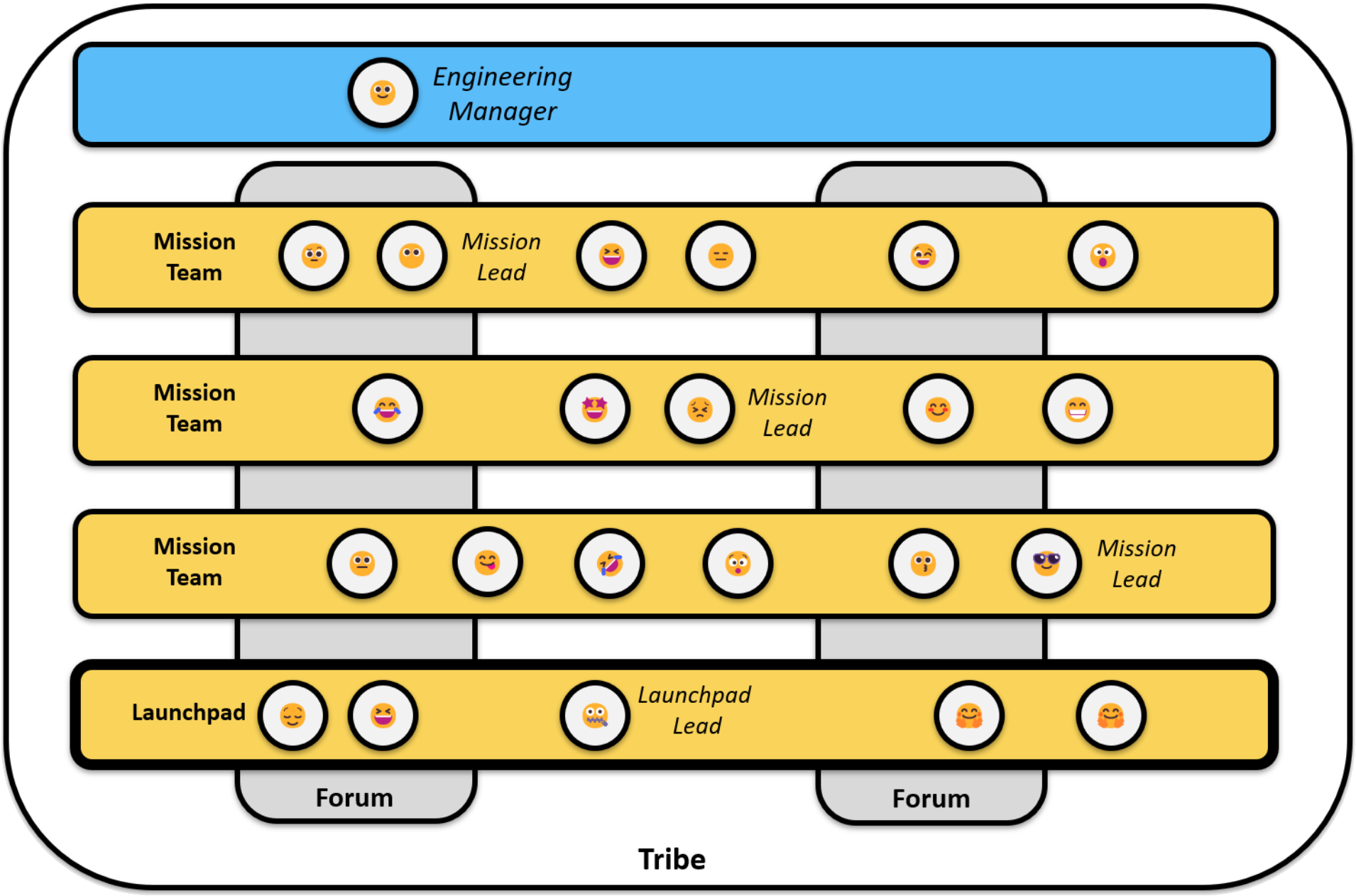
Pipedrive Unfixed (Case Study of a Unicorn Company)
Fast-growing scale-ups don't use SAFe or LeSS because such agile frameworks are not agile enough. You don't become a unicorn company in 500 sprints.

The Ministry Group as a Versatile Organization (unFIX Case Study)
This article presents a case study of the Ministry Group in Hamburg, Germany, described in the language of unFIX.
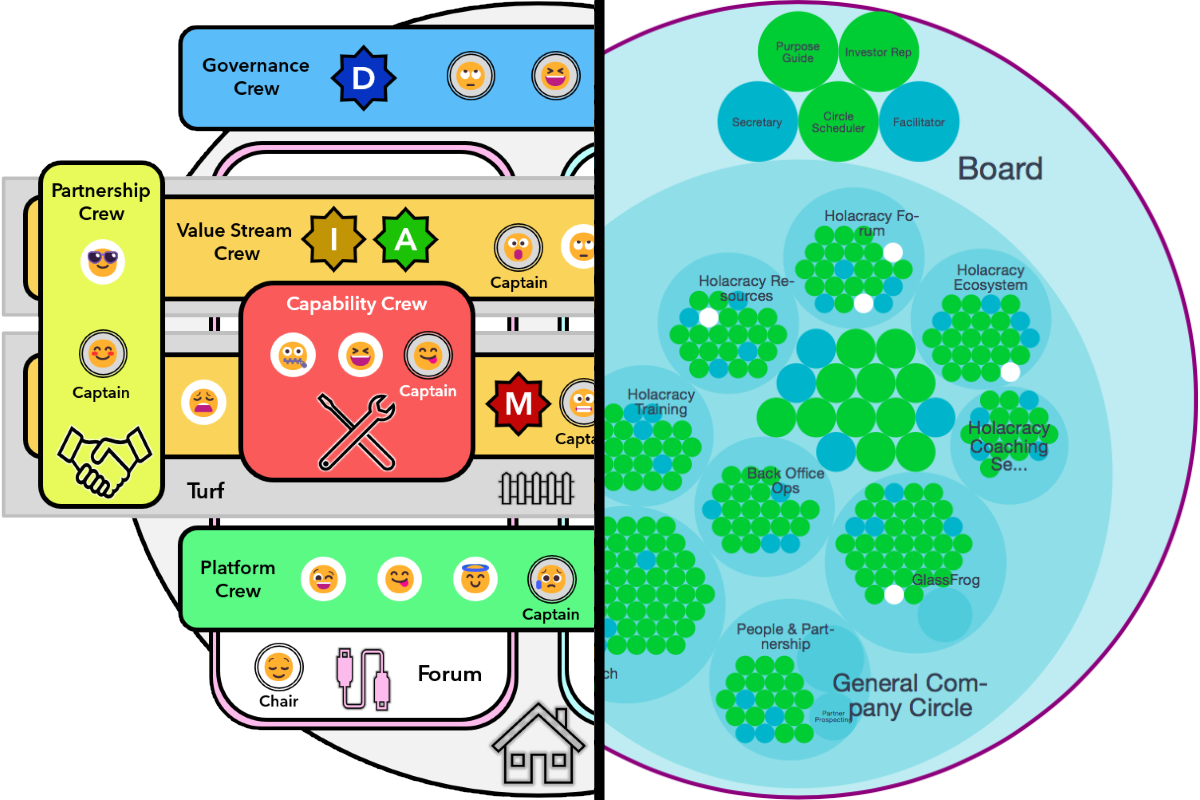
Let’s Unfix Holacracy
You don’t create a happy culture by rolling in the consultants, toppling the autocratic managers, installing a democratic system, and pulling out. I’m not touching a tool that’s so fundamentally flawed.

Let’s Unfix Team Topologies
There are no conflicts between Team Topologies and unFIX. The minor differences are easily reconciled, and it’s easy to use both tools in parallel.

Let’s Unfix the Spotify Model
The Spotify model was described as a snapshot of what Spotify was doing ten years ago. It’s time to upgrade!

Let’s Unfix Large-Scale Scrum (LeSS)
As a framework, LeSS offers part organization design and part process flow. It seems to me that LeSS and unFIX are pretty complementary.
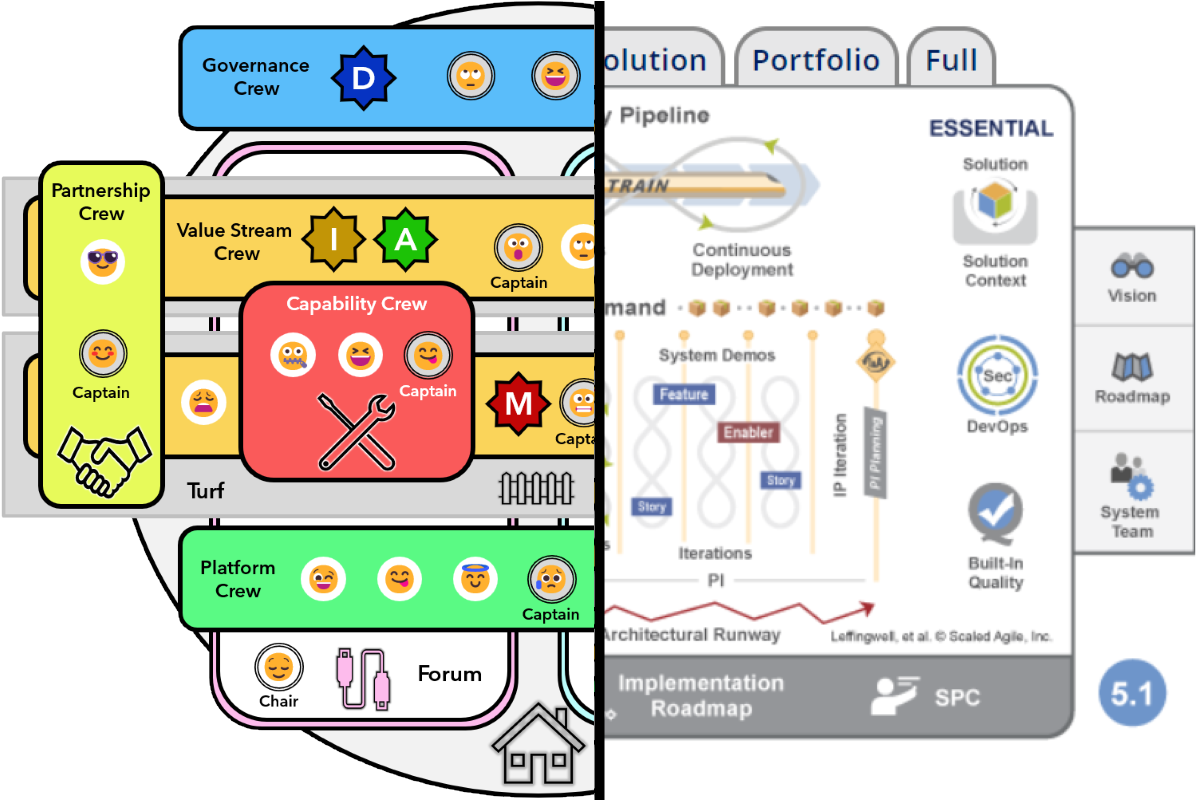
Let’s Unfix the Scaled Agile Framework (SAFe)
It is worth investigating how SAFe compares to unFIX. The question keeps coming up, so let's tackle it. What are the differences?

The unFIX Model
It is time for an alternative to SAFe, LeSS, Holacracy, Management 3.0, the Spotify model, and matrix organizations. We need something that takes flexibility to a new level, and that embraces hybrid working as the new normal. Here is my suggestion. I call it unFIX.
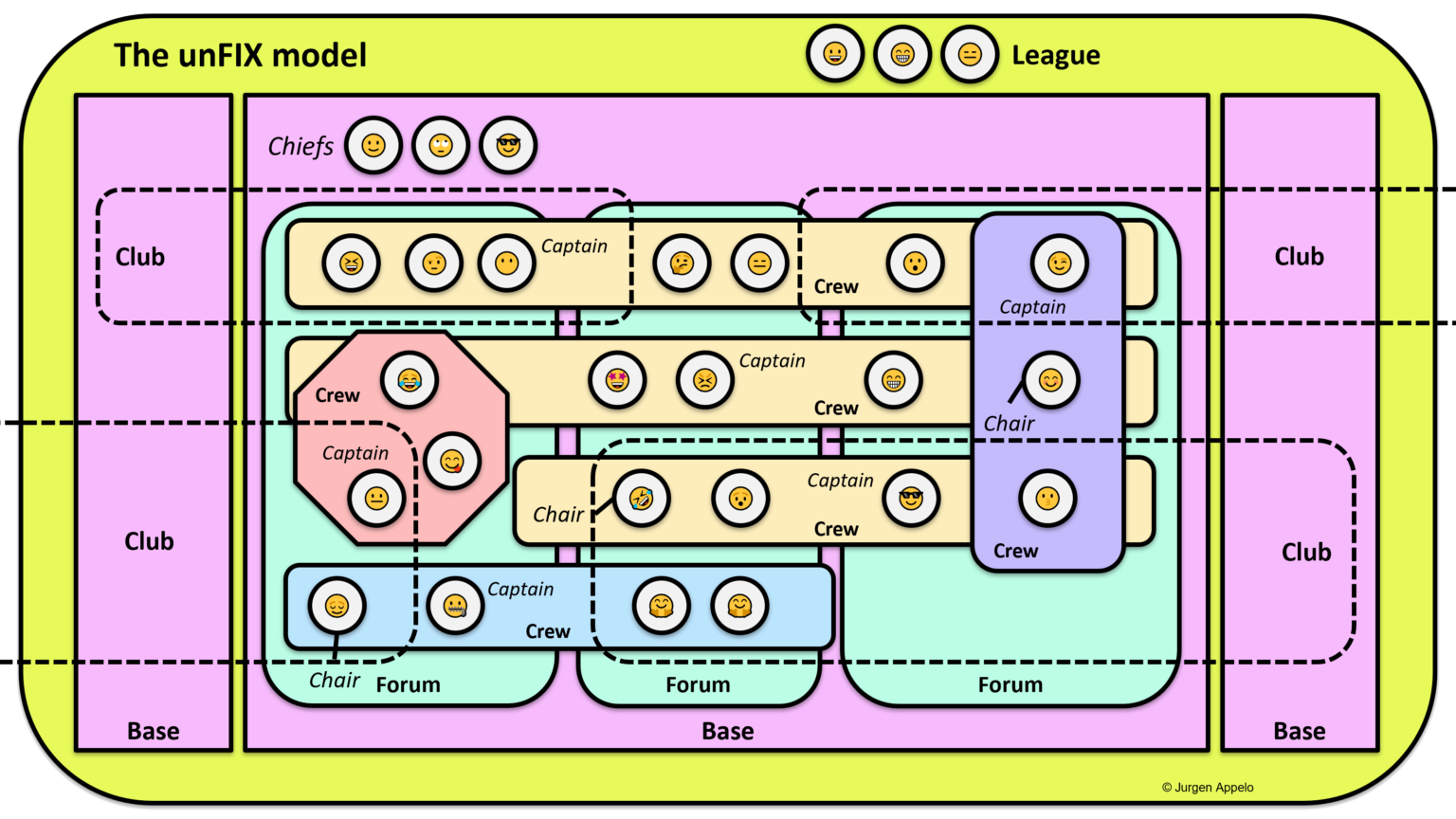
The unFIX Model for Versatile Organizations
The unFIX model as described here is ready for a future of dynamic reteaming, team topologies, and hybrid working. It allows a company to become a genuinely versatile organization.
